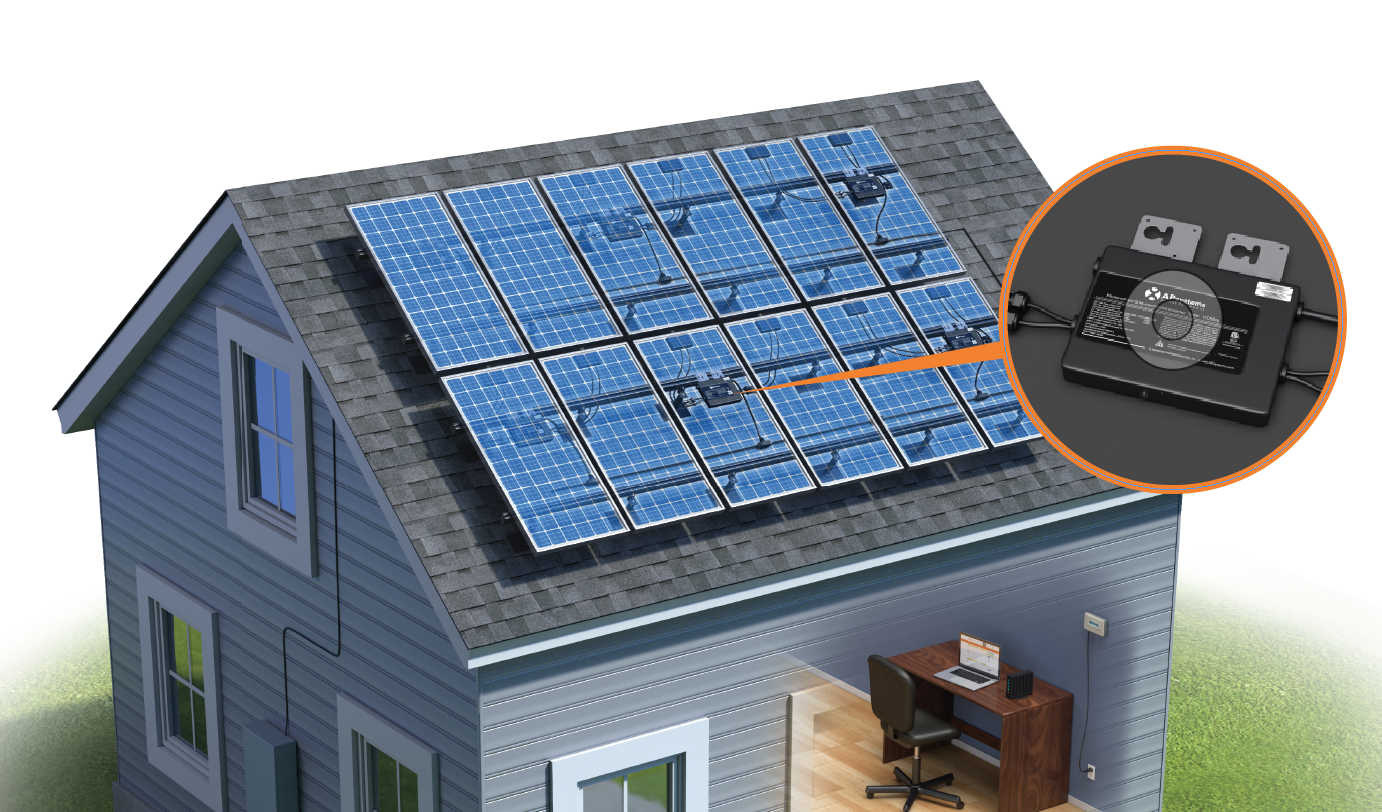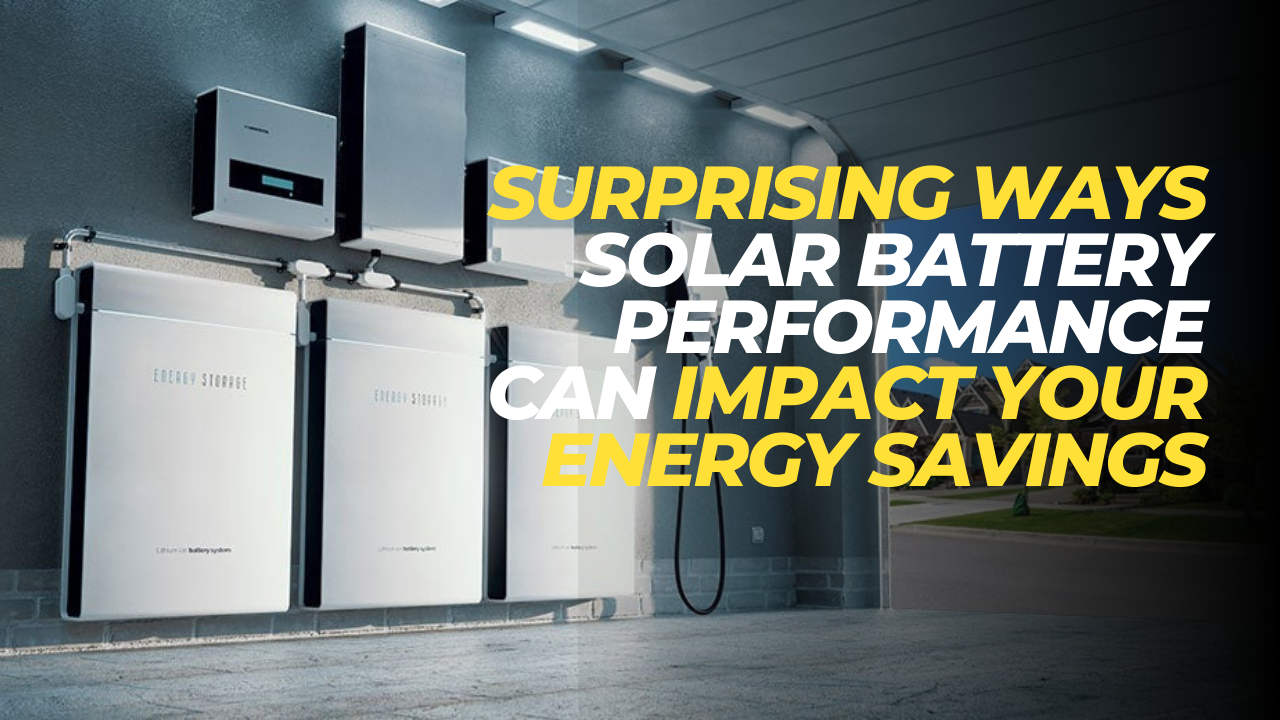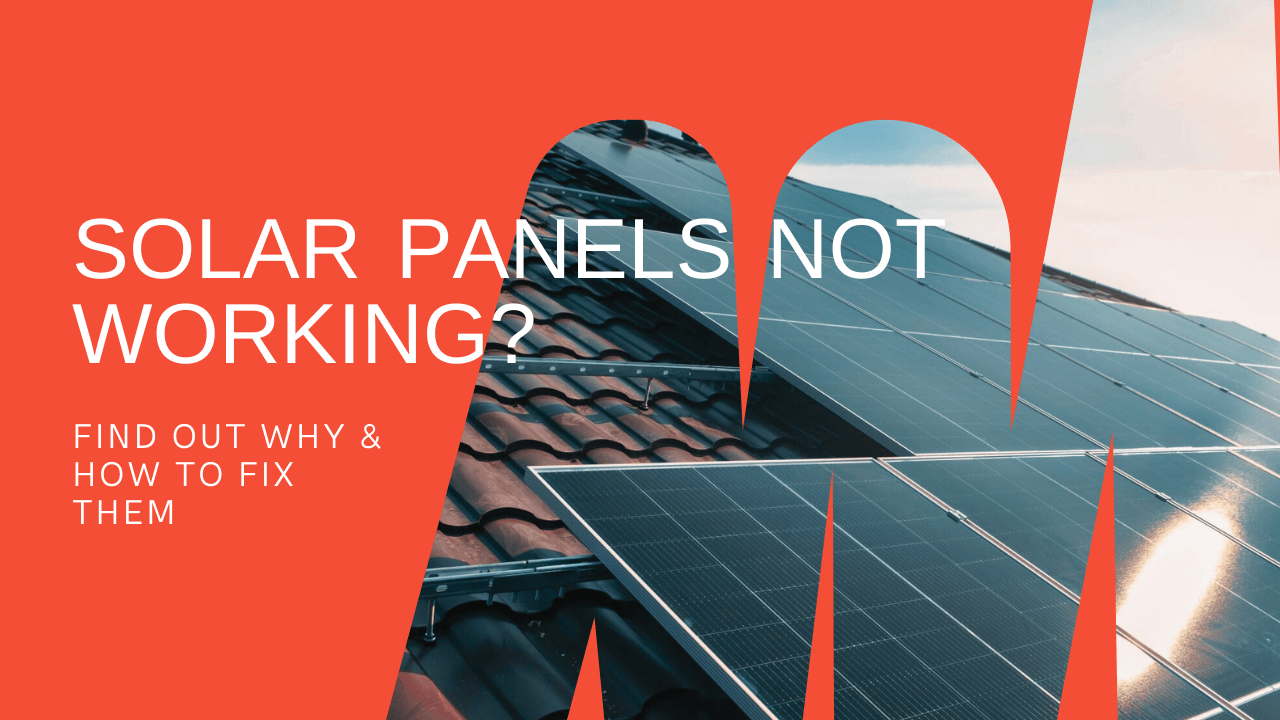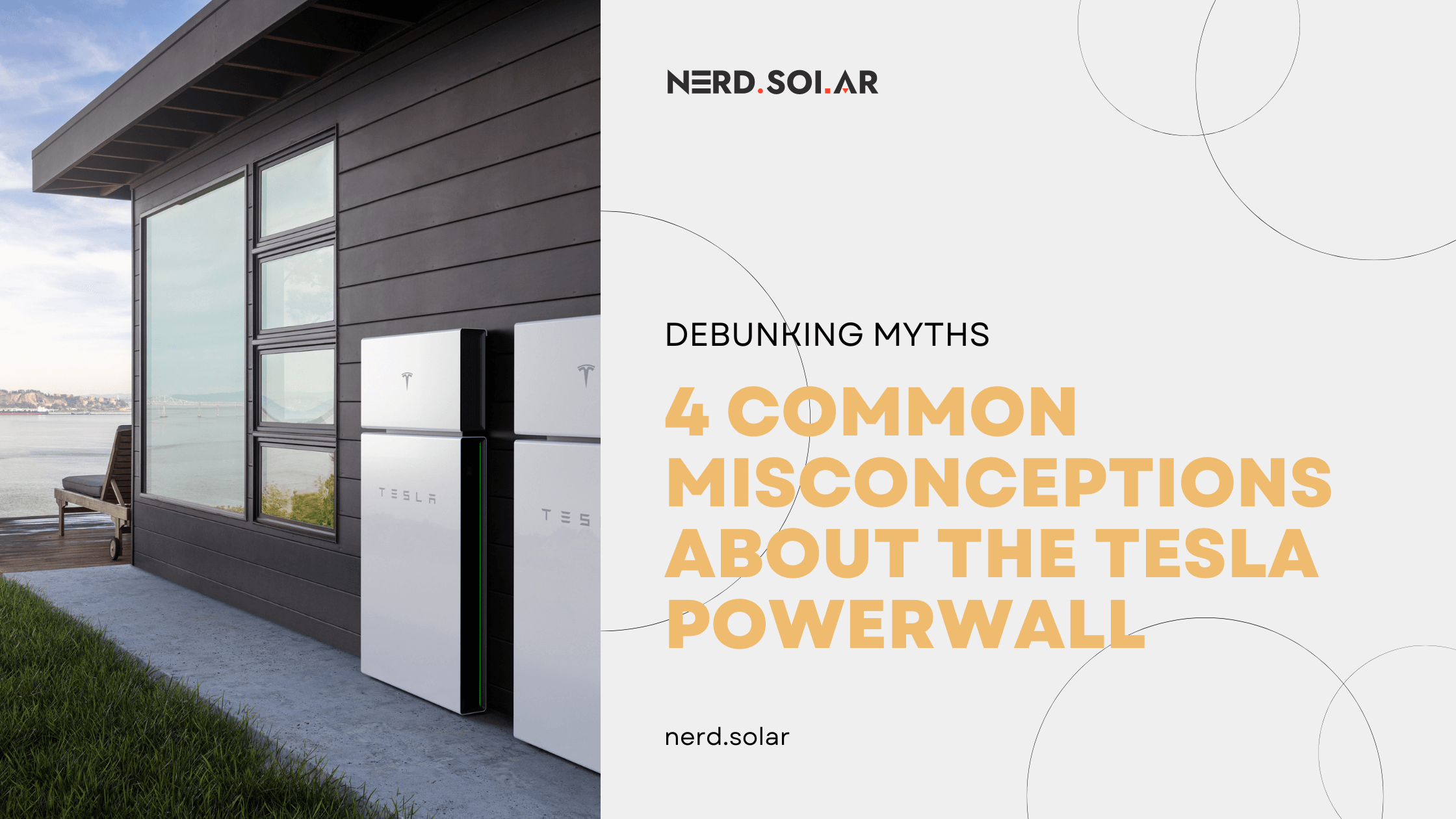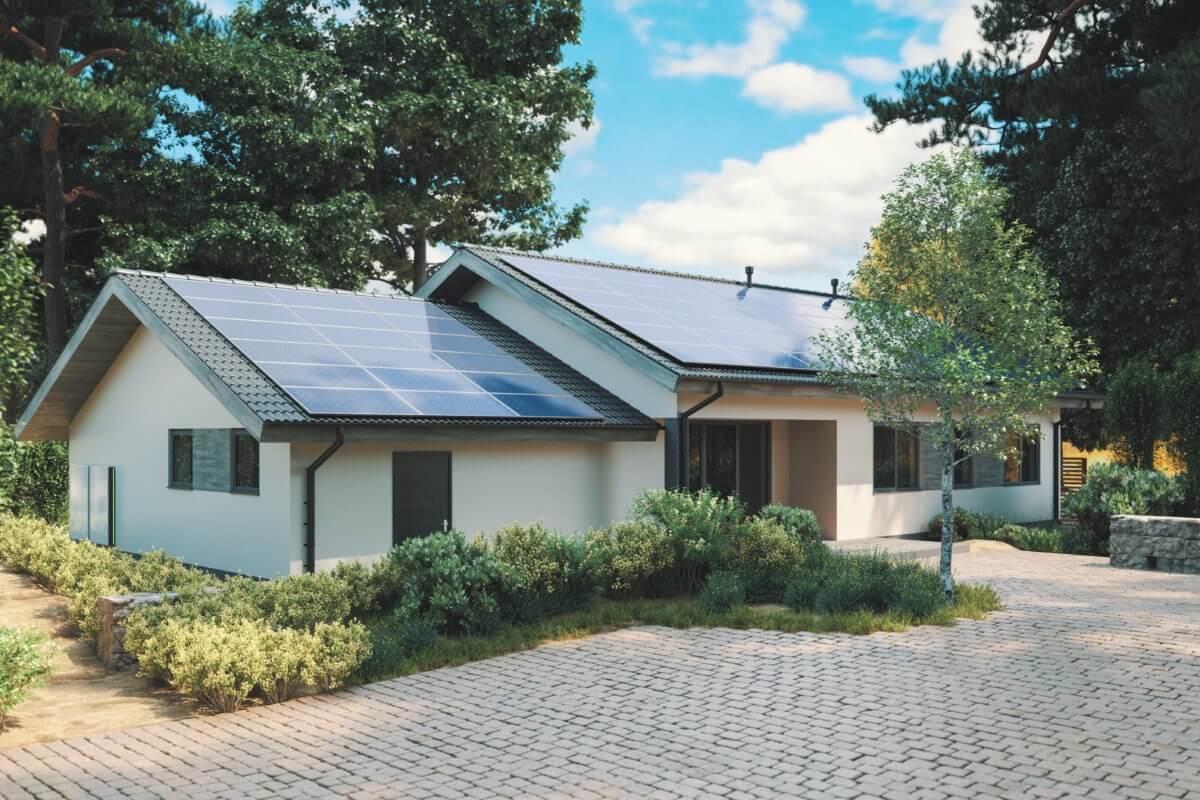What Happens to Solar Panels When It Snows?
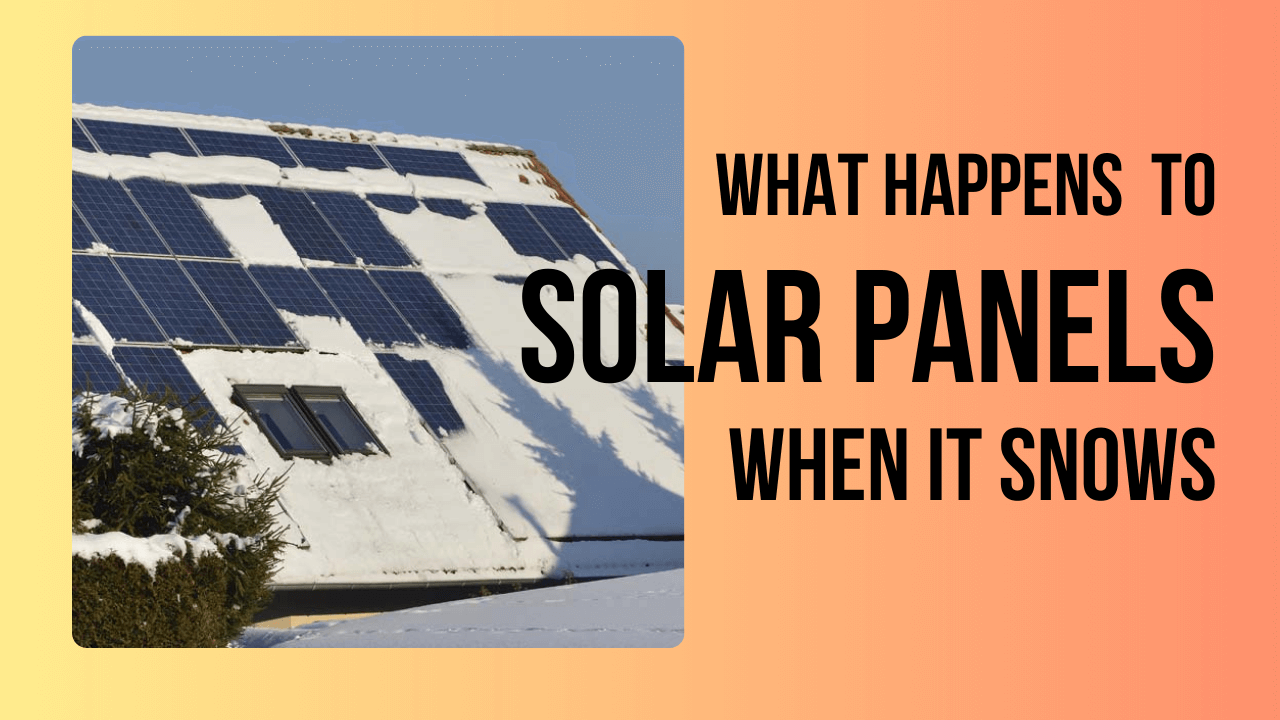
- TL;DR – Key Highlights:
- Do Solar Panels Work in Winter Conditions and When it Snows?
- Solar Panels and the Winter Wonderland
- The Snow Effect: Obstruction or Insulation?
- Strategies for Maximizing Solar Panel Efficiency in Winter
- Financial Considerations: Cost vs. Benefit in Snowy Regions
- Practical Tips for Solar Panel Owners in Snowy Regions
- Frequently Asked Questions
- Wrap-up
TL;DR – Key Highlights:
- Solar panels can generate electricity in snowy conditions.
- Light snow has little impact on panels as it slides off.
- Sunlight can still get through snow and generate electricity.
- Heavy snow can stress support structures and limit energy production.
- Cleaning off the snow can increase power output significantly.
- For grid-tied systems, it may not be worth the effort to clean off the snow, as it will eventually melt on its own.
- Off-grid systems may require regular cleaning to ensure power generation and battery charging.
- It is not necessary to clear snow off solar panels, as the sun will do a more effective job of melting it.
- Ground-based arrays should be placed high enough to allow the snow to shed without obstructing the panels.
- Snow on solar panels usually slides off due to the panel’s angle, so there is no need to clear it.
- The bottom layer of snow doesn’t affect solar panel performance.
- The force from snow sliding off solar panels can be significant, causing avalanches and requiring extra shoveling.
Do Solar Panels Work in Winter Conditions and When it Snows?
So, you’ve been eyeing your snow-covered neighborhood and thinking, “Can my solar panels really kick butt in this winter wonderland?”
If you’re tossing around the idea of going solar but worry that a few snowflakes might throw a wrench in your plans, you’re not alone.
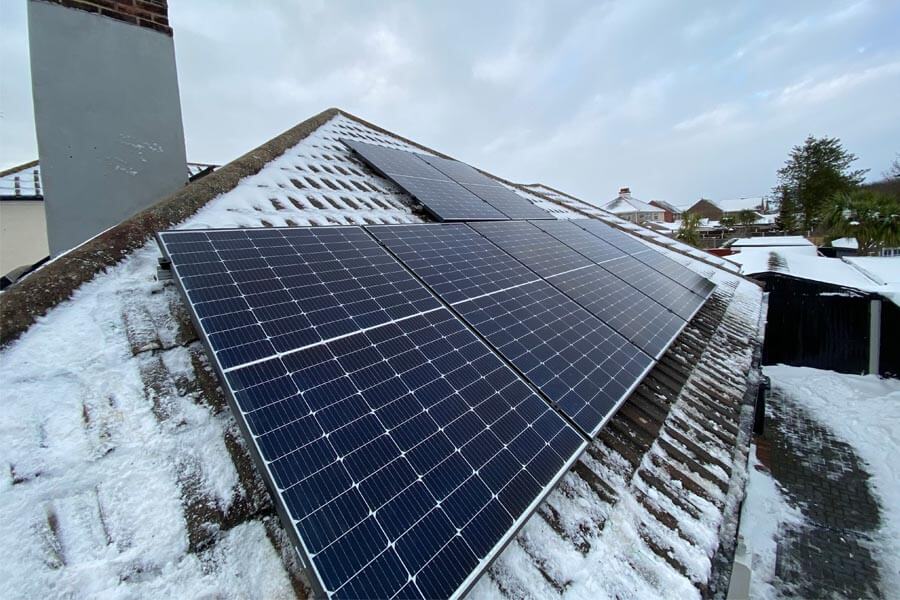
Many folks in the chillier states wonder if their investment in solar panels will chill out under a blanket of snow.
! Spoiler alert: It’s not as much of a cold shoulder from the sun as you might think.
Solar Panels and the Winter Wonderland
Do Solar Panels Like the Cold?
Ever notice how some people seem more alive in the winter, hitting the slopes and making snow angels like it’s their job?
Turns out, solar panels kinda have this in common with winter enthusiasts.
They don’t just put up with the cold; they actually get a bit more pep in their step—or output, in their case.
Yep, solar panels are more efficient in cooler temps. Who knew?
Light Snow: The Solar Panel’s Mini Spa Day
A light snowfall for solar panels is like a refreshing facial; it’s cleansing, not covering.
Most times, this gentle snow layer just slides right off, especially if your panels are angled just right.
And here’s the kicker: as it slides off, it takes the dirt and grime with it, leaving your panels squeaky clean and ready to soak up whatever sunlight makes it through the clouds.
“But what about when it’s more like a snow duvet than a light blanket?” you ask.
True, heavy snow can give the panels a bit of a holiday. And, yes, it can be a bit of a workout for your roof to hold up the extra weight. But, good news!
Smart folks are on the case, working on making solar panels that laugh in the face of heavy snow.
The Snow Effect: Obstruction or Insulation?
Sure, a heavy snow blanket can seem like it’s putting your panels to sleep, making it harder for them to catch those precious rays.
But let’s flip the script and see snow not just as a chilly obstacle but also as an unexpected helper in disguise.
The Cozy Blanket Effect
Imagine a light snowfall as a cozy blanket for your solar panels. Sounds a bit weird, right? But here’s the scoop: This fluffy layer can actually act like insulation, keeping your panels a tad warmer than the frosty air might allow.
It’s like when you wrap up warm on a cold day; your solar panels get to snuggle under a snowy blanket, which might just give them a tiny efficiency boost. Who knew that a sprinkle of snow could be a secret performance enhancer?
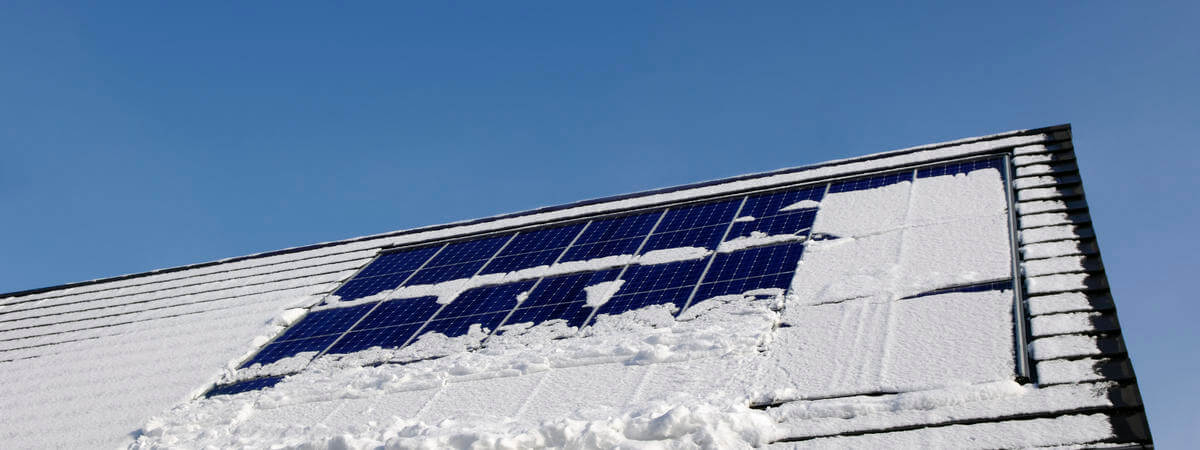
A Wintery Reflection
And then there’s the glimmering snow on the ground, playing its part in the solar power story.
It turns out, snow is quite the reflector, bouncing sunlight up and onto your panels. It’s like having a little helper on the ground, throwing extra light your way.
This can help make up for any sunlight your panels might miss when they’re sporting a snowy cap. So, even when the panels are partially covered, they’re getting a bit of a boost from their snowy surroundings.
Balancing this act between snow as an insulator and its potential to reflect extra light, against the times it decides to go full-on blanket mode, is the key. The light dusting acts like a cleaning service and performance booster all in one, while too much snow has us reaching for the broom to help the panels out.
Navigating the snow’s dual roles with your solar panels is a bit like making the best of a snow day.
With a touch of understanding and a dash of action when needed, your solar setup can continue to shine bright, even when the weather’s doing its snowy best to keep things interesting.
Strategies for Maximizing Solar Panel Efficiency in Winter
Bracing your solar panels for winter isn’t just about keeping a snow shovel handy. It’s about smart strategies that keep the energy flowing, even when the snowflakes are flying.
Here’s how you can keep your panels in tip-top shape through the chilly months:
Optimal Panel Angle: Your Winter Game-Changer
Getting the angle of your solar panels right can be a game-changer for winter efficiency.
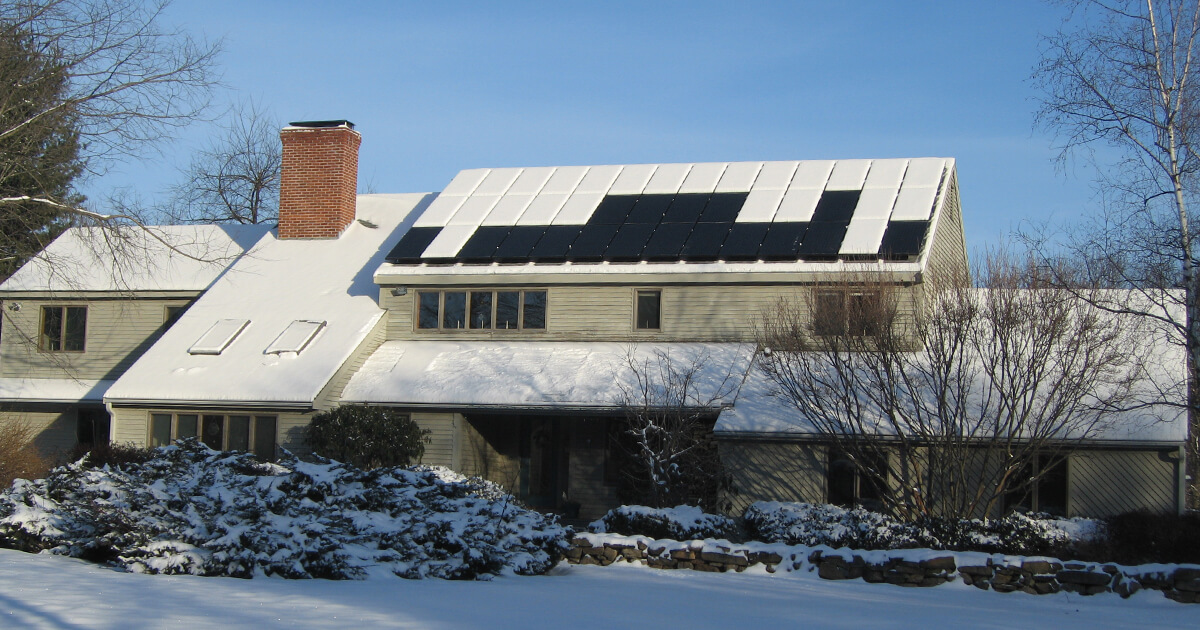
A steeper angle helps snow slide right off, like kids on a sled, leaving the panels clear to catch the winter sun. It’s a bit like adjusting your sunhat in summer—angle it just right, and you’ve got perfect sun protection (or in this case, sun collection!).
Snow Removal
When it comes to removing snow, think gentle nudges rather than heavy-handed shoveling.
Using a soft broom or a special snow rake for solar panels can help clear them without risking any damage.
And if you can safely reach them, that is. Sometimes, it’s best to let the sun work its magic, melting the snow away naturally.
Here’s the video guide on how to do it:
Optimizers and Automated Solutions
Optimizers are like having a personal trainer for each panel, ensuring they perform their best, snow or no snow. And for the future-forward, automated snow removal systems are on the horizon, promising to keep panels clear with zero effort on your part. Your panels are being cleaned while you stay cozy indoors – isn’t that awesome?
By leaning into these strategies, you can make sure your solar panels aren’t just winter survivors but winter champions, keeping the energy flowing and your home powered through the snowiest months.
Financial Considerations: Cost vs. Benefit in Snowy Regions
Let’s break down the dollars and sense of solar panels where snow is a regular guest.
Winter’s Chill on Your Solar Savings
Winter introduces a bit of a chill into the solar panels’ annual performance. Shorter days and snow cover mean less sunlight hitting those panels, leading to a natural dip in energy production. It might seem like a cold shoulder to your savings, but the story doesn’t end there.
The Sunny Side of Snowy Solar
Despite winter’s frosty grip, solar panels in snowy regions can still offer a warm embrace to your wallet. How?
First, solar panels are more efficient in cold weather. Plus, regions with snow often compensate with longer summer days, balancing out winter’s shorter sunlight hours.
And remember, a light blanket of snow can actually clean your panels, boosting efficiency when the sun decides to shine.
Calculating the ROI
When calculating the return on investment (ROI) for solar panels in snowy locales, think beyond the winter.
Consider the annual energy production against your initial investment.
Snowy regions may see a slight seasonal dip, but the year-round savings from reduced utility bills keep the financial forecast sunny.
Moreover, innovations like panel optimizers and potential future advancements in automated snow removal hint at even brighter days ahead for solar ROI, regardless of a few snowflakes.
So, while winter might test your panels with a frosty challenge, the cost-benefit analysis of going solar remains compelling.
With each sunrise, regardless of the season, your solar investment continues to pay off, proving that a little snow is merely a bump on the road to savings.
Practical Tips for Solar Panel Owners in Snowy Regions
Here’s your quick checklist for keeping your panels efficient and safe when the snow starts to fall:
- Monitor snow accumulation: Keep an eye on your panels. A light dusting? Probably no action is needed. A heavy blanket? Time to assess.
- To sweep or not to sweep: If snow is light and fluffy, using a soft broom or a foam roof rake can gently clear your panels. But if the snow’s melting on its own, consider letting nature do its thing—sunlight can be surprisingly effective at clearing snow without risking damage to your panels.
- Safety First: If your panels are easily reachable from the ground, go ahead with gentle removal. If they’re out of reach, it might be safer to wait it out rather than risk a slip or fall.
- Let it melt: Remember, panels are designed to absorb sunlight. Even in winter, the warmth they gather can help melt snow naturally, often clearing the panels faster than you might expect.
- Panel angle check: Before winter hits, ensure your panels are angled optimally, not just for energy efficiency but also to encourage snow to slide off more easily.
Frequently Asked Questions
Can solar panels freeze?
Solar panels are built to endure freezing temperatures and will not freeze in the conventional sense. They can withstand extreme cold and continue to operate efficiently, as their performance actually improves in cooler conditions due to the electronic properties of the materials used.
Best solar panels for cold climates?
The best solar panels for cold climates are those with high efficiency and durability ratings, such as monocrystalline panels. Look for panels with a good temperature coefficient, indicating less efficiency loss in cold weather.
Do solar panels work covered in ice?
Solar panels covered in ice will see a reduction in performance since ice can block sunlight from reaching the cells. However, as the panels absorb sunlight, they warm up and often melt the ice relatively quickly, restoring their function.
Do solar panels work better in cold?
Yes, solar panels work better in cold temperatures. Solar panels convert sunlight into electricity more efficiently at cooler temperatures because the electrical current increases in colder weather, enhancing the panel’s power output.
How well do solar panels work in the winter?
Solar panels can work well in the winter, provided they receive enough sunlight. Their efficiency can increase in colder temperatures, but shorter daylight hours and potential snow cover might reduce overall energy production.
How to get snow off solar panels?
To remove snow from solar panels, use a soft brush or a roof rake designed for solar panels. Always be gentle to avoid scratching the panels. If possible, allow the sun to melt the snow naturally, as this is the safest method.
What are heated solar panels for melting snow?
Heated solar panels are equipped with built-in heating elements that can be activated to melt snow and ice, ensuring the panels remain clear and functional during winter months. This technology helps maintain energy production by preventing snow accumulation.
Should I cover solar panels when not in use?
It’s generally not necessary to cover solar panels when not in use. Solar panels are designed to withstand environmental conditions, including periods of inactivity. Covering them could actually hinder their ability to passively clear off snow or debris through natural processes.
Wrap-up
So, what’s the cold, hard truth about solar panels in the snow? They’re tougher than a polar bear’s toenails and smarter than they look.
We’ve researched the top reasons to go solar in 2024, check them out for a smart investment.
With a little know-how and some winter wisdom, solar panels can not only survive but thrive in snowy conditions. Whether it’s leveraging the crisp efficiency of cold weather or letting a blanket of snow give them a quick clean, your solar panels are up for the challenge.
Here’s one more useful video we recommend to watch if you want to close the knowledge gap of solar panels working in cold and snowy weather:
The key is in understanding how to work with Mother Nature, not against her, to keep the clean energy flowing all winter long.
Got a winter solar tale to tell? Whether it’s a story of triumph over a blizzard or a clever hack to keep those panels pumping, we want to hear it!
Share your snowy solar experiences, challenges, and victories in the comments below.
Let’s warm up this community with your bright ideas and sunny solutions!
Nate is a solar expert with years of hands-on experience. He knows solar tech and sustainable energy inside out. His advice has helped many homeowners and businesses go green. Nate is passionate about eco-friendly living. That's why he's a big voice in the solar community.
Subscribe to newsletter
Stay on top of the latest guides and tips on solar.
